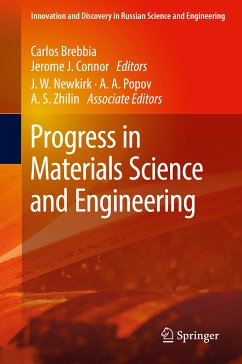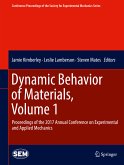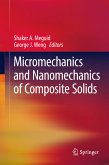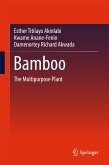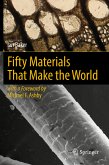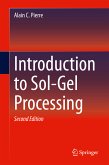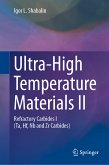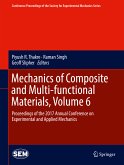This book presents recent advances made in materials science and engineering within Russian academia, particularly groups working in the Ural Federal University District. Topics explored in this volume include structure formation analysis of complicated alloys, non-ferrous metals metallurgy, composite composed materials science, and high-pressure treatment of metals and alloys. The finding discussed in this volume are to critical to multiple industries including manufacturing, structural materials, oil and gas, coatings, and metal fabrication.
- Maximizes reader understanding of materials research in Russia relevant to multiple industries including manufacturing, structural materials, oil and gas, coatings, and metal fabrication; Sheds light on R&D strategies developed within the foremost Russian universities;
- Details specific cases of issues, problems, and solutions within the Russian materials manufacturing and formulation sectors.
Dieser Download kann aus rechtlichen Gründen nur mit Rechnungsadresse in A, B, BG, CY, CZ, D, DK, EW, E, FIN, F, GR, HR, H, IRL, I, LT, L, LR, M, NL, PL, P, R, S, SLO, SK ausgeliefert werden.
Es gelten unsere Allgemeinen Geschäftsbedingungen: www.buecher.de/agb
Impressum
www.buecher.de ist ein Internetauftritt der buecher.de internetstores GmbH
Geschäftsführung: Monica Sawhney | Roland Kölbl | Günter Hilger
Sitz der Gesellschaft: Batheyer Straße 115 - 117, 58099 Hagen
Postanschrift: Bürgermeister-Wegele-Str. 12, 86167 Augsburg
Amtsgericht Hagen HRB 13257
Steuernummer: 321/5800/1497
USt-IdNr: DE450055826
Bitte wählen Sie Ihr Anliegen aus.
Rechnungen
Retourenschein anfordern
Bestellstatus
Storno

